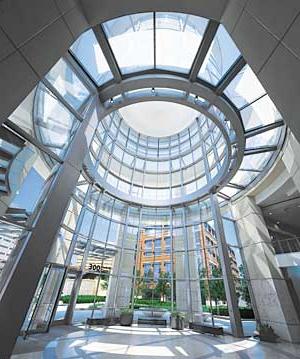Bearing and enclosing structures in modern construction
Any building is a residential high-rise building, miniaturea cottage, an office skyscraper or a nondescript extension in the suburban area in order to fully function and withstand all the loads, must meet the requirements and norms. Any building can not consist only of thin enclosing partitions and can not be erected by constructions directly on the ground, without installation of the base and the basis. In any building there are load-bearing and enclosing structures that perform different functions and are designed depending on a variety of values: snow and wind loads, constant load, and also taking into account such a parameter as the weight of the structure, dynamic and static influences (movement of people inside the building , the availability of furniture and equipment).
Types of buildings by type of load-bearing structures

Materials

What are the materials used for manufacturingenclosing structures and load-bearing elements? As a rule, it is reinforced concrete and brick. If it is a frame structure of a building with supporting columns, then both ferro-concrete and metal elements can be used. Then, as reinforcing structures, reinforced concrete wall panels, brickwork, reinforced concrete and foam blocks are used. In addition, other materials can be used - wood, corrugated board, sandwich panels, etc. For the construction of residential buildings with frameless skeleton, as a rule, reinforced concrete, brick, natural stone are used. If the decision is made to use reinforced concrete, then panels, slabs and blocks of the necessary sizes are ordered. The brick is put in one or two rows. The thickness of the wall is chosen depending on what you need to erect - load-bearing and enclosing structures, or we are talking about partitions that can be an order of magnitude thinner. More to the enclosing structures are floor slabs that separate the building in a horizontal plane.
Additives









